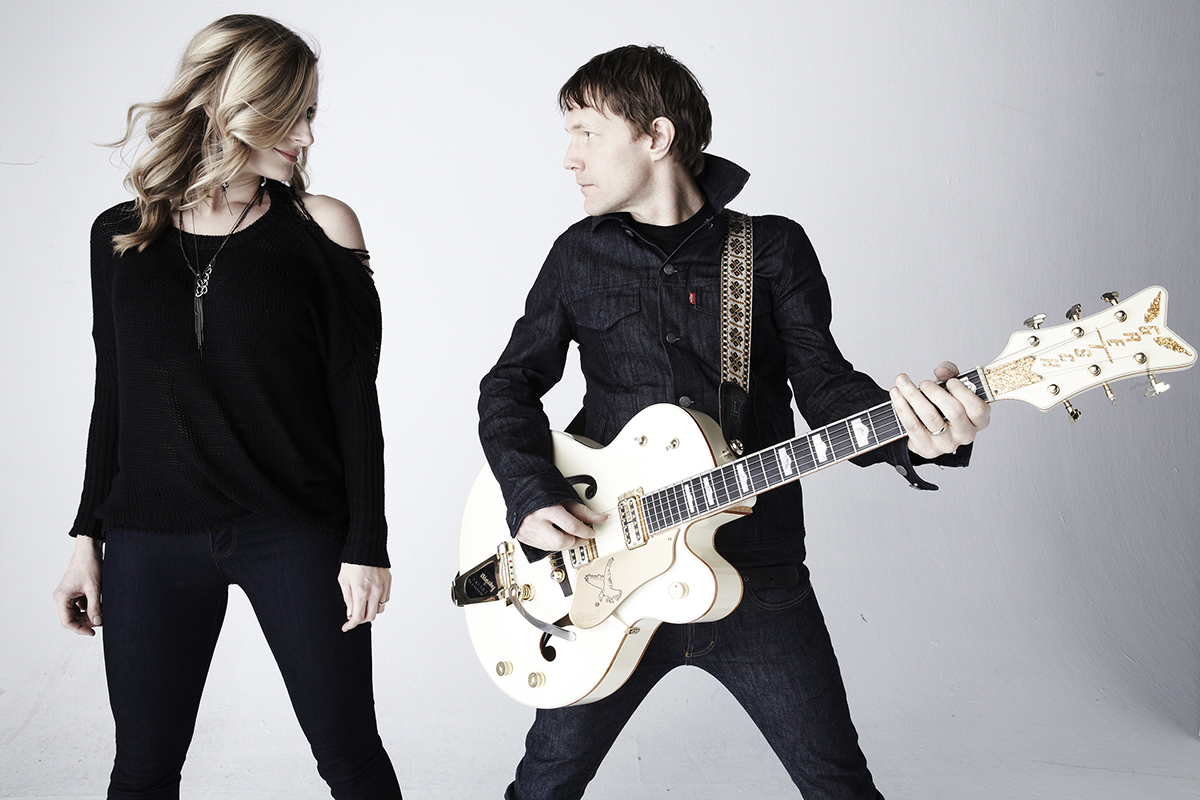For a play that hopes to perpetuate the cultural mosaic myth, the Royal Manitoba Theatre Centre’s production of Mark Crawford’s The New Canadian Curling Club curls in the wrong direction.
The play follows a group of Canadian newcomers who join their local rink’s learn to curl program on the recommendation of fellow community member Marlene. The curling club’s membership includes a Jamaican Tim Hortons manager, a bumbling East Indian father, an aspiring Chinese physician and a teenage Syrian refugee. Unfortunately, Marlene suffers a hip injury and her crotchety, old ex-husband is forced to take over. However, he is not as committed to diversity as his ex-wife. In fact, he’s quite the racist.
The show is advertised as a comedy but, unfortunately, much of the humour comes from the cultural stereotypes of the people being represented.
The prejudices are not only perpetuated by the play itself but also by the characters of colour in their actions toward each other.
Early in the play, the East Indian character, Anoopjeet Singh — played by Omar Alex Khan — compares Zhaopeng Meng’s character — Mike Chang — to Korean and Japanese coworkers he has had in the past, remarking that Chang looks just like them before proceeding to mock the way they spoke.
By using caricatures to portray human beings, the characters become two-dimensional. Crawford’s play does provide some commentary on racist ideologies, but it could have delved deeper into the immigrant experience.
For instance, some immigrants come to Canada because they are skilled in their home countries, but are ineligible to receive Canadian licensing and, therefore, are locked into lower-paying jobs — an element that could have been explored in Singh’s backstory.
That being said, the performances themselves were the highlight of the production.
Every character was well-played and believable. Standouts include Meng, Lorraine James and Sophie Smith-Dostmohamed. Smith-Dostmohamed’s Fatima Al-Sayed, the team’s newest “new Canadian,” brought much-needed innocence and playfulness to the production, and James’s Charmaine Bailey was both sassy and maternal — a difficult combination to pull off.
The most memorable monologue was from Meng’s Chang, who told a story about entering a patient’s hospital room only for them to ask for a “Canadian” doctor instead. This was especially poignant as it removed the veneer of the Canadian myth of multicultural harmony.
Though, as a person of colour in the audience, watching my fellow spectators laugh at all of the politically-incorrect rhetoric achieved that early on.
A noteworthy element of the production was the absence of Marlene, the woman who envisioned a diverse curling club in the first place.
Though her presence hangs over the play with the characters frequently uttering her name, she never physically appears. Only her voice is heard toward the end of the play when her ex-husband, Stuart, has accepted the team as they are and has started on the road to embracing multiculturalism.
If the message of the play is hope that we as a country are moving closer to achieving multiculturalism, it’s buried deep beneath racial stereotyping.
The New Canadian Curling Club runs at the John Hirsch Mainstage until March 7.





